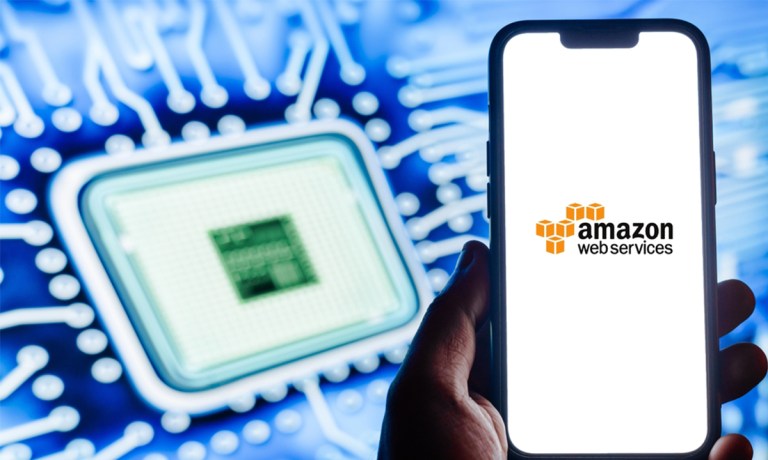
While Wall Street didn’t like what it saw or heard from Amazon’s Q2 earnings, from a consumer spending standpoint there was a lot to like. For now.
Across all operating segments the retail, cloud, AI and multimedia company reported net sales climbing 10% year over year to $148 billion, bolstered by a 19% surge in AWS sales to $26.3 billion. Operating income nearly doubled to $14.7 billion, up from $7.7 billion in the same period last year. Net income also saw significant growth, reaching $13.5 billion, or $1.26 per diluted share, compared to $6.7 billion, or $0.65 per diluted share, in the previous year. Notably, the company’s operating cash flow surged 75% to $108 billion over the trailing 12 months, while free cash flow increased to $53 billion. The North America and international segments posted sales growth of 9% and 7%, respectively.
“While consumers are being careful on price, our North American unit growth is meaningfully outpacing our sales growth as our continued work on selection, low prices and delivery has resonated so far this year,” CEO Andy Jassy told the company’s Q2 earnings call.
“Our speed of delivery for Prime customers has been faster than ever before, with more than 5 billion units arriving the same day or next day. As more customers experience our fast delivery, they look to Amazon for more of their shopping needs and the continued acceleration of our everyday essentials business.”
What Wall Street didn’t like — and punished the stock for in after-hours trading — was the relatively tepid outlook on Q3 prospects. It also didn’t like results and outlook on two newer initiatives, artificial intelligence (AI) and advertising.
The companies advertising revenue came in below Wall Street estimates and below the result posted by other Big Tech companies so far, Alphabet and Meta. On the AI front, Jassy went to great lengths during the earnings call to connect model and chip development to the fortunes of AWS.
Jassy emphasized a strategy of offering diverse tools and options rather than a one-size-fits-all approach. Jassy noted the demand for Amazon’s custom silicon chips, Tranium and Inferentia, which offer compelling price-performance advantages. He also pointed to Amazon Sagemaker’s new HyperPods feature, which enhances networking performance for large models, and Amazon Bedrock, which boasts the largest selection of generative AI models.
Jassy also emphasized the impact of AI in various areas, from enhancing customer shopping decisions with AI-powered tools to improving operational efficiency in fulfillment centers. He underscored Amazon’s commitment to ongoing investment in AI, driven by its potential to transform customer experiences and business operations.
“We remain very bullish on the medium- to long-term impact of AI in every business we know and can imagine,” he said. “The progress may not be one straight line for companies. Generative AI, especially, is quite iterative, and companies have to build muscle around the best way to solve actual customer problems. But we see so much potential to change customer experiences.”
Amazon’s purchases of property and equipment, a measurement of its capital spending, was $17.62 billion in the second quarter. That is more than 50% higher than the year-earlier level and the highest quarterly spending since 2021.
Jassy and CFO Brian Olsavsky were coy about the prospects for Q3. Net sales are expected to be between $154 billion and $158.5 billion, or to grow between 8% and 11% compared with third quarter 2023. Operating income is expected to be between $11.5 billion and $15 billion, compared with $11.2 billion in third quarter 2023. However, some of those results will depend on final sales from the company’s July 16-17 Prime Day event and the advertising expenses to promote it.
The call was notable for its mention of Expanded Amazon Pharmacy’s RxPass program, which now offers Prime members on Medicare unlimited consumption of 60 broadly used prescription medications for $5 a month.
“When you think about the experience and the speed and ease with which you can order versus walking into a pharmacy in the physical store — if you walk into pharmacies in cities today, it’s a pretty tough experience with how much is blocked behind cabinets where you have to press a button to get somebody to come out and open the cabinets for you, and a lot of shoplifting going on in the stores,” Jassy said. “So, the combination of what’s happening in the physical world and how much improved we’ve made our pharmacy experience is driving a lot of customer resonance and buying behavior. I think also you see us continuing to expand there.”